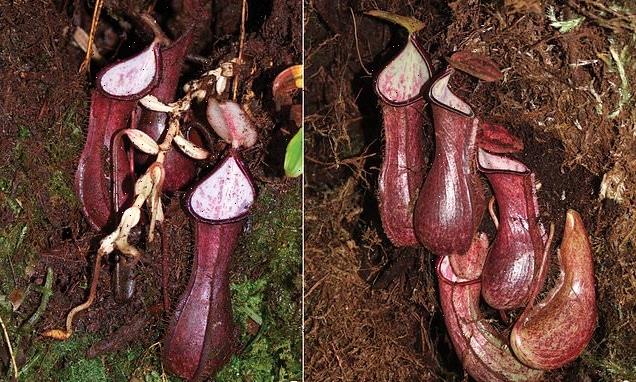FROM their one legged stance to their bright pink feathers, flamingos are instantly recognisable.
A group of flamingos is called a flamboyance and the bright feathers certainly help them live up to that name but why are flamingos pink?
Why are flamingos pink?
Flamingos are best known for the flamboyant spectrum of pink, red and orange colours on their legs, faces and beaks.
There are six different species of flamingo, all with varying shades of pink – as well as a rare black species in Cyprus.
It is the diet of the flamingo which gives them their bright colouring.
They eat a variety of shrimp and shellfish as well as a large amount of red and blue-green algae.
Each of these are filled with beta carotene which contains a red-orange pigment called carotenoid.
Carotenoids are also found in pumpkins, parsnips, tomatoes, and you guessed it – carrots.
READ MORE ON FLAMINGOS
Inside the mystery of the flamingo who escaped Kansas zoo 17 years ago
Why do flamingos stand on one leg?
Luckily we do not turn pink from eating shrimp but in extremely rare cases too many carrots can give the skin an orange tinge, known as carotenemia.
Flamingos turn pink because their digestive system breaks down the carotene, then the red-orange pigment is broken down in their liver and absorbed into fats.
Next the fats are deposited in cells of their skin, feathers and beaks, giving them their spectacular colours.
Zoos replicate the wild diet for flamingos in captivity, sometimes adding in pigment pellets, to keep the birds brightly coloured.
Other birds, such as spoonbills and scarlet ibis, also rely on carotenoids for colouring.
It's not just birds either, salmon become pink-coloured this way too.
Why are some flamingos not pink?
So flamingos turn pink thanks to their diet of shellfish and algae, which they filter out of the water through their hooked beaks.
This means the birds aren’t born colourful – instead, hatchlings are born with dull, grey-coloured feathers.
Parent flamingos feed their chicks a nutritious pink substance they make in their throat, called crop milk which is rare among birds.
Adult birds lose their colouring over breeding season as they use up their reserves to feed the baby flamingos, some even return to the white-grey colour.
latest on animals
hero gored Horror moment 1,800lb bison GORES hero man, 34, after he saves child from beast
Creepy images reveal baby mammoth almost perfectly preserved after 30,000 years
Everything you need to know about why roosters crow
Half of Brits don't know a moth from a butterfly, according to new study
Environmental factors as well as the flamingo species can indicate how pink they get.
American flamingos are some of the brightest in colour and are found in the Caribbean as well as Florida, Brazil, Venezuela and the Galapagos.
They are bigger than other flamingos too and most similar to their widespread and paler cousin the greater flamingo.
Richness of beta carotene as well as natural digestive functions determine how colourful the species can get.
Flamingos from drier areas tend to be paler while those in the Caribbean can take on a deep pink-red plumage.
Some flamingos have darker black flight feathers to match the tip of their beak.
A rare all-black flamingo, which gets its colour from a high production of melanin, has been spotted in Cyprus.
Elsewhere, there have been reports of a blue flamingo in South America but these are thought to be false.
Why do flamingos change colour?
Grey flamingo chicks gradually become pink, first from the crop milk they are fed by their parents, and later from the high-carotenoid flamingo diet of algae and shell fish.
The more carotenoid-rich the flamingos diet – the more orange-red their colour becomes.
This means a flamingo's colour might change if its diet varies over its natural lifespan of 30-odd years.
Flamingos who lack carotenoid in their diet will gradually lose their colour through malting and normal cell death, and these will be replaced with paler feathers, skin and beak cells.
Read More on The Sun
I accidentally paid £24k to British Gas… they wouldn’t give me my cash back
Love Island fans are convinced they know who will WIN after latest recoupling
Flamingos can sometimes become pale in the sun, because carotenoids can be bleached out.
One species of flamingo, Phoenicopterus roseus or the greater flamingo, secretes a pink pigment from their glands when preening so even bleached feathers stay shiny pink.
Source: Read Full Article











